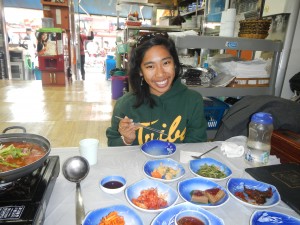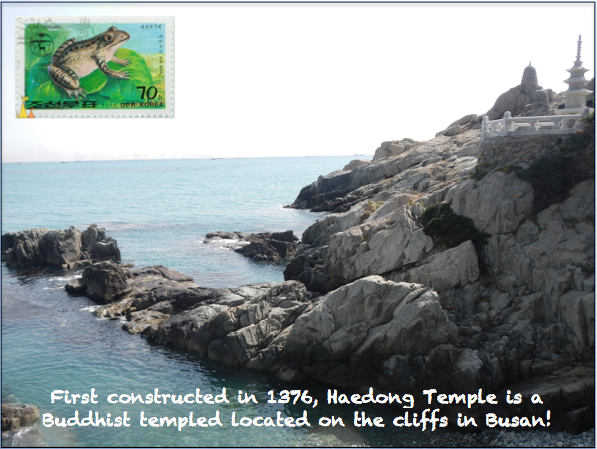In Seoul, South Korea, there’s a red light district called Hooker Hill. It is located in Itaewon, a tourist area filled with shops and restaurants catering mostly to ex-pats and foreigners. It is also very close to U.S. Army Youngsan Garrison Base. Young women seeking work in the region become victims of sex slavery and trafficking. Unfortunately, many of the sex workers at Hooker Hill are Pilipina women who were lured to South Korea for work. While I was in Korea a couple months ago, friends recommended that I keep a low profile when discussing my identity while in Seoul, as young Pilipina women are viewed as low-class citizens among Koreans. This was a harsh reality to come to terms with, for it is both disappointing and infuriating that such a skewed image could be associated with my fellow Pilipinas.
After returning from my trip to Korea, I learned about another connection between the Philippines and Korea that I had not been aware of.
In the Philippines, there is a growing population of Kopinos, with estimates of over 10,000 people. The term ‘Kopino’, coined for individuals who are Korean-Filipino, describes those who are born as a result of the sex tourism industry in the Philippines.
The Korean fathers, who visit the Philippines as tourists, seek out Filipina prostitutes during their stay and then return home. Sometimes, they leave after finding out their partner is pregnant, or are not even aware that they have fathered a child. Often, these Filipina mothers are impoverished teenagers, who have resorted to prostitution as a last resort.
Their Kopino children then grow up without a father, and are doomed to face the same realities that their mothers do. Similar to the ‘Amerasian’ (born to US military fathers and Filipino mothers) and ‘Japino’ children in the Philippines, Kopinos experience abandonment early on in their childhood, and are subjected to harsh living conditions and society condemnation. Many are then forced into sex tourism and human trafficking in order to survive, thus making this cyclical reality difficult to stop.
According to an article release by PhilStar earlier this year, nearly half a million Filipinos work as prostitutes within their own country. Other women in the tourism industry, who become mothers to Kopino children, work in guest relations or as bar girls. With the increase of Korean tourists in the Philippines over the past few years, this this problem is becoming increasingly more common.
So why is this relevant to us Fil-Ams?
Today, Korean-Filipinos and supporters are working on a campaign to contact the fathers who left their children behind. These efforts are raising awareness on this issue in the Philippines and in South Korea. Activists are working hard to get these Korean fathers to take responsibility for their children. Some organizations that have been advocating for this issue include TACTEEN, which focuses on eliminating exploitation of Filipino children by Korean tourists, and ECPAT, which works to end child prostitution, pornography and trafficking.
http://www.youtube.com/watch?v=7BQcZMcCdPc
However, their efforts alone cannot change what Kopinos and their mothers face, and will continue to face in the future. While the efforts of these organizations are being portrayed in the Philippines and Korean media, the support it garners is not enough. The tourism industry continues to overlook the issue, so it is rather difficult to enact substantial change.
As members of the greater Pilipino community, it is our responsibility to educate ourselves on this issue. Be it by helping to spread awareness or getting involved in human rights initiatives, we must be active citizens and fight for those who are born into situations beyond their control.
Photo credit: Korea Bang








